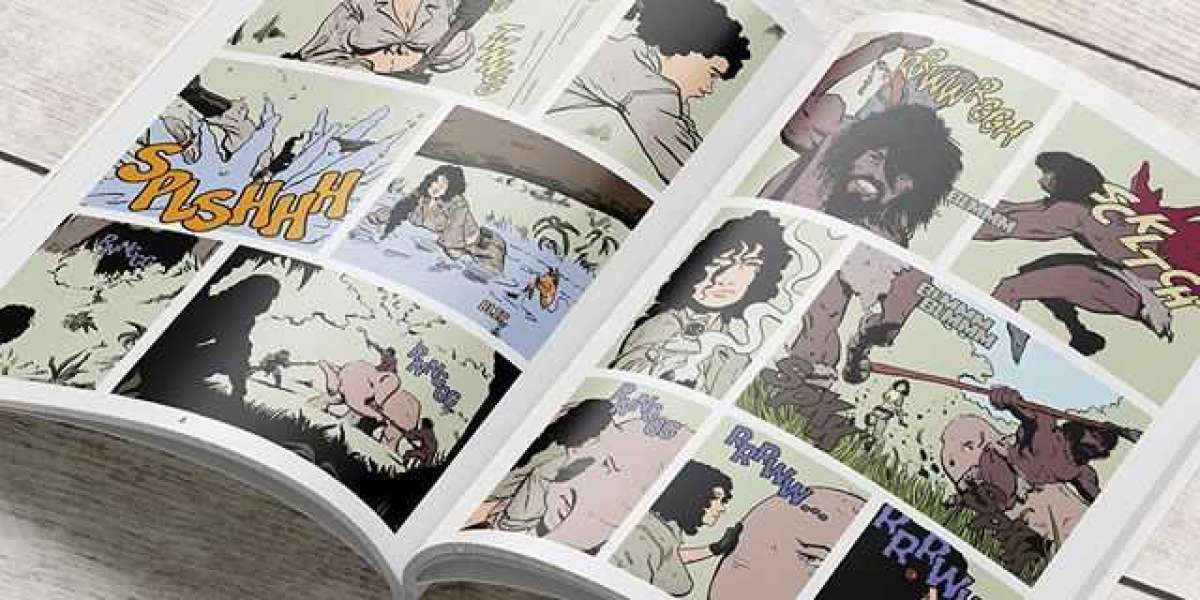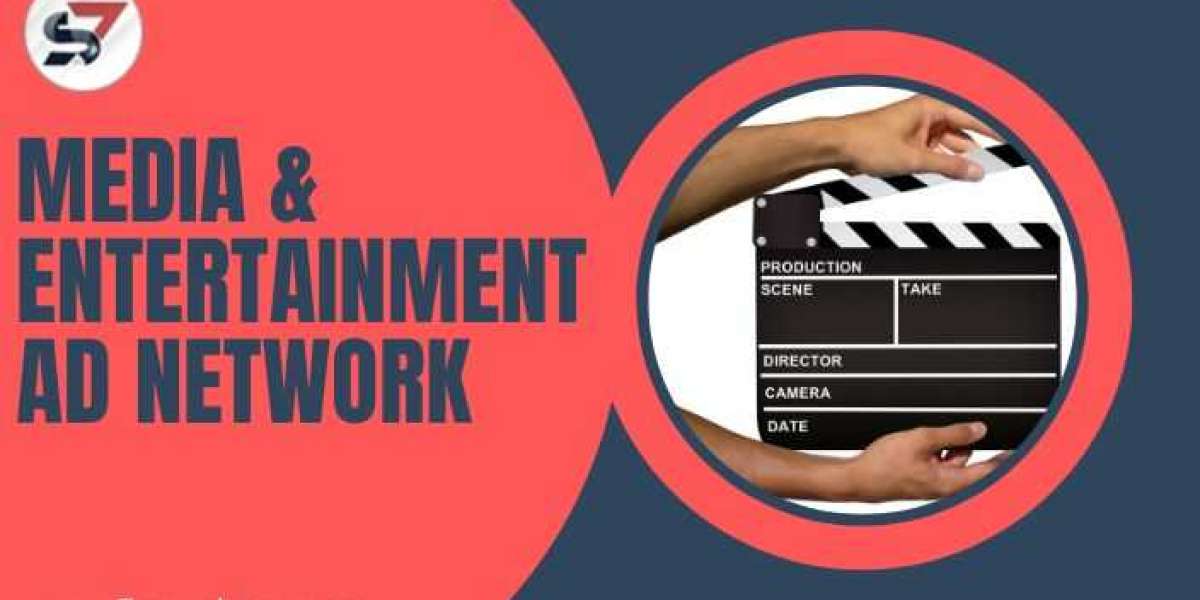5 Problems to Look Out for With Graphic Novel Printing
Printing graphic novels can be tricky. From choosing the right printer and paper to ensuring the colors and fonts are correct, there are a number of things to consider and problems to look out for. Here are five of the most common issues that graphic novel printers and publishers should be aware of.
1. Poor Quality Paper
The paper used for printing your graphic novel is just as important as the quality of the artwork and text. Poor quality paper can make the colors look dull and grainy, and can lead to fading and discoloration over time. Choose a paper that is suitable for the size and number of pages of your novel, and that is acid-free and archival quality to ensure it lasts.
2. Incorrect Color Output
Colors are a major part of any graphic novel, so it's important to make sure that the colors come out correctly when printed. This can be tricky, as colors on a monitor will often look different than those printed on paper. To avoid any unpleasant surprises, make sure to double-check the colors before finalizing the printing.
3. Poor Fonts
Choosing the right fonts can make a big difference to how your graphic novel looks. Poorly designed or low-quality fonts can make your novel look amateurish, so it's important to select fonts that are both easily readable and have a distinct style that enhances the story.
4. Misaligned Pages
If you're printing a book with multiple pages, make sure that the pages line up correctly when the book is closed. Misaligned pages can look sloppy and unprofessional, so it's best to double-check that the pages are properly aligned before printing.
5. Binding Issues
The type of binding you use for your graphic novel is another important factor. Make sure that the binding is strong enough to withstand use, as well as being aesthetically pleasing. Some publishers may bind the book for you, but it's important to inspect the final copy to make sure it meets your standards.
Printing a graphic novel can be complicated, but by being aware of these common problems, you can help ensure that your novel will look its best. With the right tools and knowledge, you can create a beautiful, professional-looking graphic novel.



